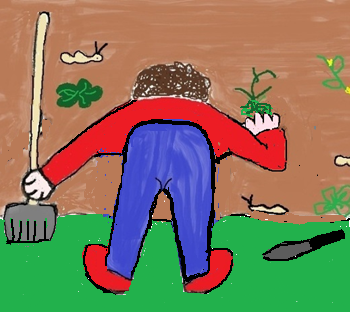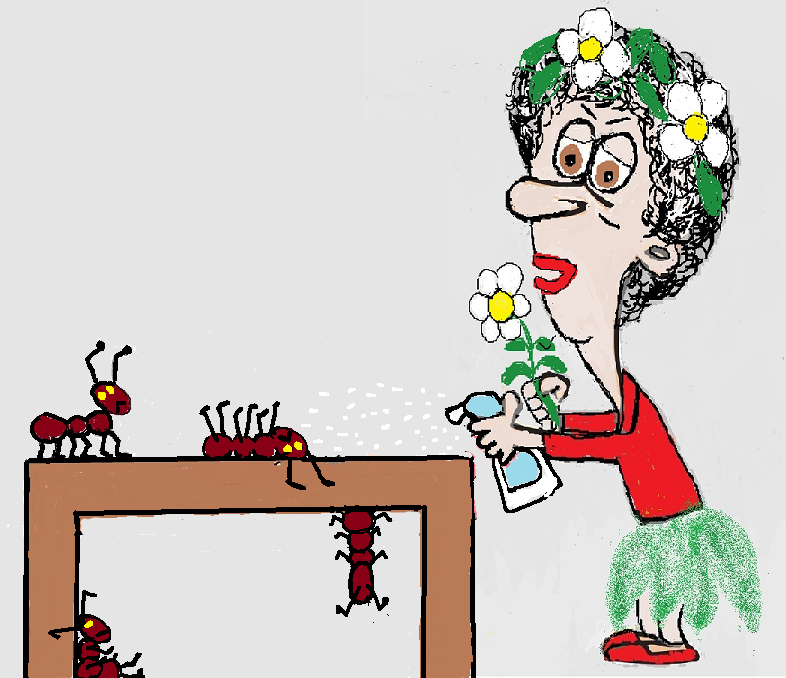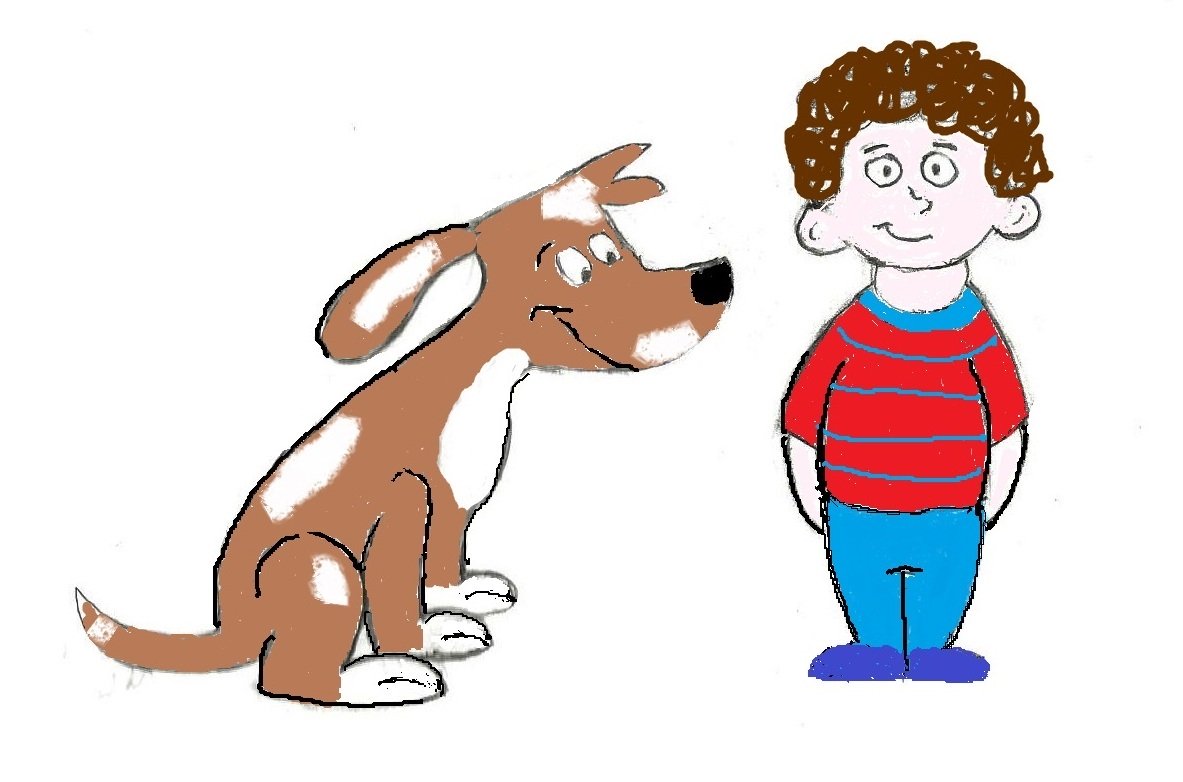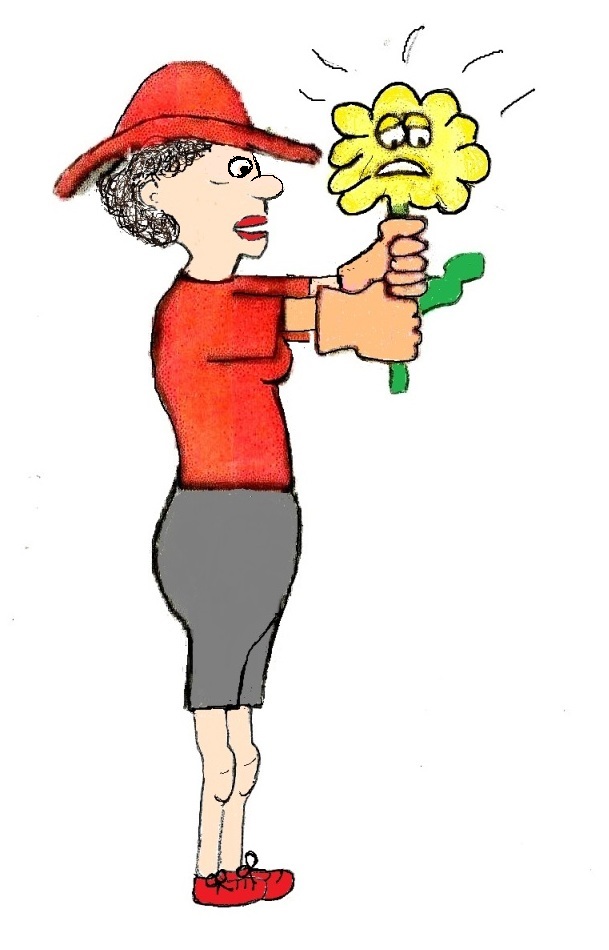- Home
- Non Toxic Home
- Non Toxic Weed Killer
Non Toxic Weed Killer
The two most commonly used weed killers for home weed control are Roundup and Weed n Feed. But common doesn’t mean safe. In fact the active ingredients in both are toxic.
The active ingredient in Roundup is glyphosate, an organophosphate pesticide. Exposure to this herbicide, even in very low amounts, disrupts your endocrine system and causes a fatty liver.
It also damages your DNA, kills your body cells, kills the beneficial bacteria in your gut and contributes to liver, kidney, bladder/urinary and thyroid cancers. If that list isn’t scary enough, glyphosate also messes with your body’s ability to breakdown the toxins you are exposed to everyday.
The main active ingredient in weed and feed products, such as Scott's Turfbuilder, is 2,4-D (2,4-dichlorophenoxy acetic acid). 2,4-D is an endocrine disrupter that interferes with thyroid hormones.
It’s linked to heart disease, type-2 diabetes poor semen quality and non-Hodgkin lymphoma in humans and lymphoma and bladder cancer in dogs.
To Kill Weeds
YOU are the best non toxic weed killer. And by that I mean –
hand pulling those suckers out is the most effective way to remove garden weeds.
It’s quicker than going around the yard with a bottle of a non toxic herbicide spraying the plants and waiting hours or days for them to die. And it gets the roots out. You just have to arm yourself with the right tools.
My favorite garden tool is a Hori-Hori knife. It is an all-purpose weeding tool that makes it easy to get weeds out root and all. The easiest time to pull out weeds is after it rains when the soil is looser. To avoid all the bending try a stand up weeder.
If you’re brave and adventurous you could burn your weeds. Flame weeding machines use a targeted flame to kill weeds (and can also be used in the winter to melt ice!). The most popular handheld flamers are made by Red Dragon.
When I need to cover a large area very quickly my favorite tool is a rechargable weed wacker. This method won’t remove the roots though, so it’s a temporary fix.
Hoeing and tilling will also eliminate weeds. However, it also creates ideal conditions for the weed seeds in your soil to germinate. So keep the hoeing and tilling to a minimum.
There are also non toxic weed killing sprays. You can make your own by adding 1 cup of salt and a tablespoon of liquid soap to 1 gallon of white vinegar. Spray weeds at the sunniest time of day for best results.
There are also some nontoxic weed killing sprays you can buy. They’re made with ingredients like oils, soaps and citric acid. Bonide Burn Out Weed and Grass Concentrate Killer is made with citric acid and clove oil.
Avenger Organic Weed Killer is made with d-Limonene and castor oil. BioSafe Weed Control Concentrate is a herbicidal soap that can penetrate the waxy coating on plant leaves, causing them to dry out.
Non Toxic Weed Prevention
To prevent weeds, a non toxic alternative for weed n Feed is Corn Gluten Meal. It’s is the only organic pre-emergent weed suppressant. In other words, it keeps weed seeds from germinating. 2,4-D only kills existing weeds, which die back in the fall anyway.
According to Beyond Pesticides.org Timing is key with corn gluten meal – a good rule of thumb is applying it when forsythia plants bloom in the North, or when dogwoods bloom in the South – right before weed seeds germinate.
It also doubles as a nitrogen rich fertilizer and can be used in your garden continually. To apply spread the corn meal evenly and rake the area lightly. Avoid areas that have been newly planted. Water the area and allow it to dry.
Good corn gluten meal options are Concern Weed Prevention Plus and Epsoma Organic Weed Preventer.
Mulching is another non toxic way to prevent weeds. Once you’ve removed garden weeds mulch wherever possible. Use cardboard, straw, wood chips or shredded leaves. Apply in at least one inch layers.
A friend of mine with a magnificent native garden, shreds her fall leaves and uses it to mulch her beds. I’m partial to straw for my veggie gardens and recycled rubber mulch for flower beds.
Then sit back and enjoy your non toxic and weed free yard!



